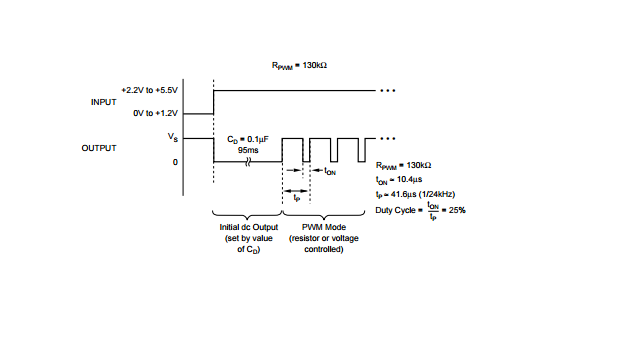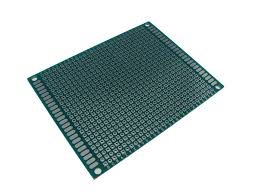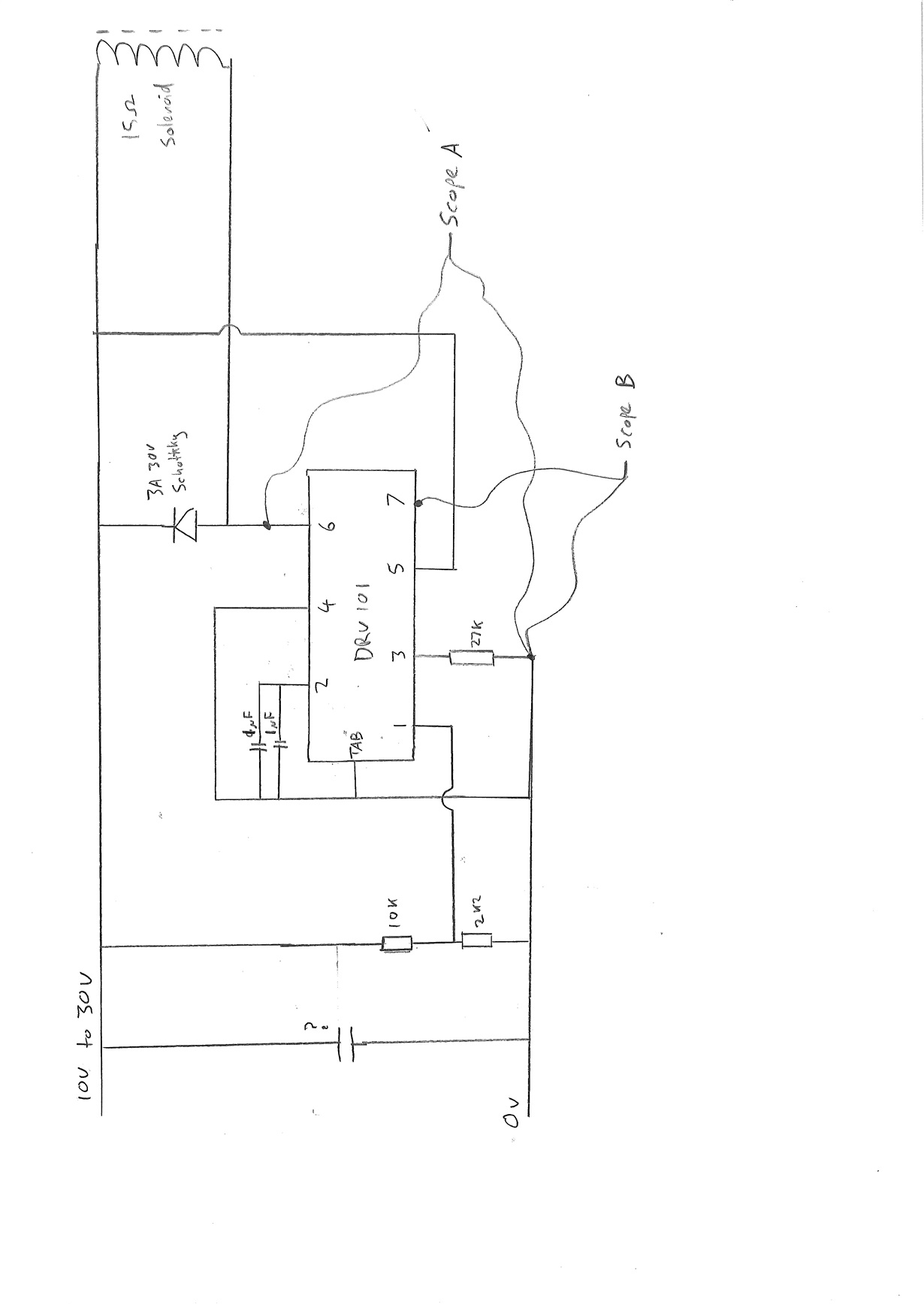I am using a DRV101 to drive a 15 ohm solenoid connected as shown below.20160912175002176.pdf
Vcc = 14V
CD = 2uF
R = 27K (gives 26.8kHz pwm)
After this has been in PWM mode for around 15 minutes the device appears to breakdown. The device does not get hot and has a large heatsink fitted. Can anyone help please?
Screen shots are below. Blue is pin 6 (output) to GND, red is pin 7 (flag) to ground).




